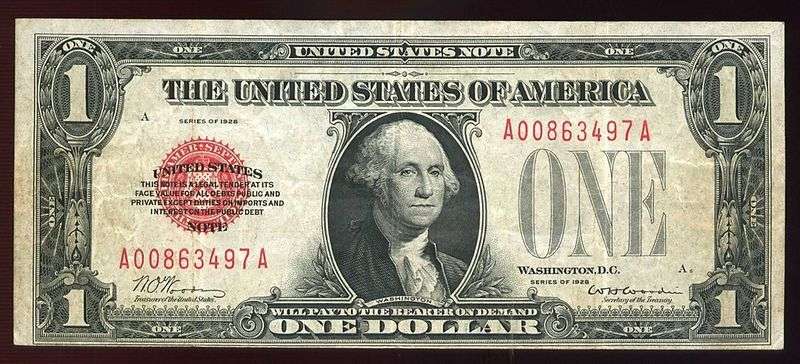This is one of many questions that I have because this is confusing me as I have gotten different answers.
When I first heard about this remedy, it was advised to make a stamp to put on the back of your checks that says:
DEPOSIT FOR CREDIT ON ACCOUNT OR
EXCHANGE FOR NON-NEGOTIABLE FEDERAL
RESERVE NOTES OF FACE VALUE
ACC#:________________________
And I just got the stamp in the mail
However, now that I found this site, I am hearing that it should've been:
REDEEMED LAWFUL MONEY
PURSUANT TO 12 U.S.C. SS 411
My question: is there a specific/appropriate time to use each one, is one better than the other, or do they both serve the same purpose?
One answer that I have received is that I would want to have TWO stamps, the former being to stamp on the back of the check, and the
latter to stamp on the memo/signature line on withdrawal slips.
Personally, I really don't care what they do with my money on the back end, whether they lend it out or not. I just want my demand for
lawful money to be on record. So would it make sense to just get the latter stamp and use it for withdrawal slips?
For example:
Scenario 1:
Instead of depositing the whole check, I cash part of it and deposit the rest and fill out the form like this:
Scenario 2:
When depositing the check, I stamp on the back the "instructions/endorsement":
Scenario 3:
Any time after I deposit the check, and I make a withdrawal, to do it like this:
Should I just do all three, or would one cover the others?







 Reply With Quote
Reply With Quote




